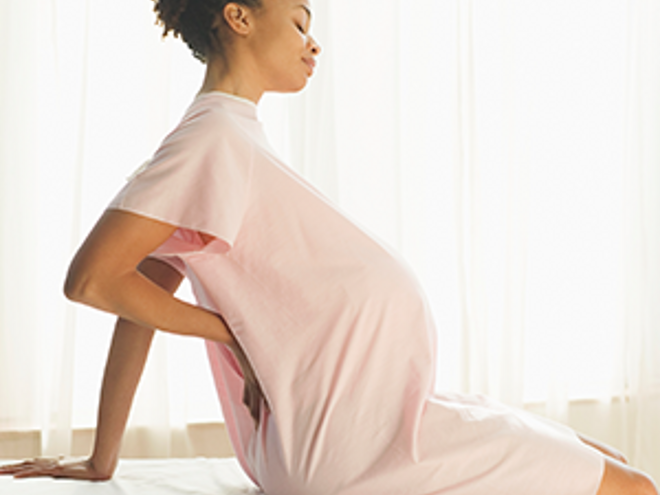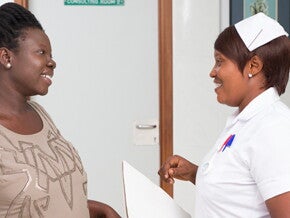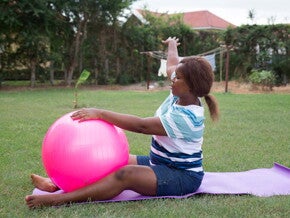
1. Proper Posture
When you have proper posture, your body is aligned. Imagine a vertical straight line connecting your ears to your shoulder straight down to your hips and knees. You need to keep your chin tucked and your head and shoulders raised to help you stand tall. To prevent your lower back from a swayback position, try as much as possible to tuck or tilt your pelvis forward.
2. Shoes and your posture
The shoes you wear can affect your posture as well. Always choose shoes with low heels and a good arch support. Since your feet is likely to swell during pregnancy it is advisable you buy larger sized pairs.
Below are some other practical tips you can use to maintain proper posture.
- Standing
It is advisable to keep your feet slightly apart when standing. Keep your pelvis tucked in and avoid locking your knees.
Since it’s best to avoid standing over a long period, you need to keep varying your position. If you do have to stand at a spot for a long while, you can place one foot on a low-level stool. This helps to relieve the weight on your lower back.
- Lying down
When lying down, it’s best to avoid lying on your back, especially in the final stages of your pregnancy. The weight of your uterus could press on the large blood vessels in your belly.
Your muscles and other ligaments are going to be more relaxed due to the hormones at this stage and this may cause you some discomfort when you lie down.
You should try to lie on your side. Your body needs to be in line with your knees bent slightly. Try to avoid twisting and turning. You can support yourself with pillows between your legs, under your belly and at your back. If you are sleeping on a very firm mattress, a good pad may provide a good support.
When getting out of bed, do it slowly. Gently raise your upper body into a sitting position with your arms and hands. You can then move your legs over the side of the bed and use your leg muscles to stand up gently.
- Sitting
You should generally avoid chairs that have wheels since they could move when you sit down or try to stand up.
The chair must be robust enough to support your weight and must have a low-back support. Do not slouch while sitting. Remember to keep your body in alignment and to tilt your pelvis forward to prevent swayback. Your feet should touch the ground with your knees slightly lower than your hips.
Try as much as possible to pick a chair with soft armrests. This would allow you to rest your shoulders and elbows close to your body. Avoid crossing your legs as you sit since this might damage circulation. Remember not to sit for too long. After about an hour or so, go for a walk.
Once you can manage your posture you will prevent or ease some of the discomforts you feel during pregnancy. Always remember to see a doctor if you experience any persistent discomfort.














